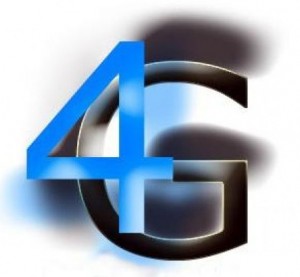 “4G” is hot these days. Ads tout it, customers want it, carriers push it. In fact, cellular carriers everywhere are going long on ‘4G’ (aka LTE, WiMAX or the newly knighted HSPA+) with buckets of new devices branded ‘4G’ flooding the market. Savvy consumers want to know: does 4G actually provide better nationwide coverage? Or, is it just a catchy marketing buzzword?
“4G” is hot these days. Ads tout it, customers want it, carriers push it. In fact, cellular carriers everywhere are going long on ‘4G’ (aka LTE, WiMAX or the newly knighted HSPA+) with buckets of new devices branded ‘4G’ flooding the market. Savvy consumers want to know: does 4G actually provide better nationwide coverage? Or, is it just a catchy marketing buzzword?
The International Telecommunication Union (ITU) defines 4G as “cellular service that provides peak download speeds similar to 100Mbps in high-mobility environments and peak download speeds of approximately 1Gbps in low-mobility environments.” Don’t let this description intimidate you, however, as this is pretty much just a fancy way to say that data works when moving fast (~80 meters/second – like when you’re driving), and will work even faster when you’re just walking or standing still.
More recently, the ITU amended its definition of 4G to include current technologies. But, LTE, WiMAX and HSPA+ still don’t even come close to fitting the ITU’s definition. Still, Carriers are spending billions of dollars on these technologies and millions more on their advertising campaigns.
I’m always dubious when a tech company’s solution is a redefinition or renaming, rather than a measurable technological improvement. Semantics aside, however, 4G services like LTE and WiMAX are the future of mobile technology. At the moment all the hype around 4G is about speed. However, in many cases networks branded 4G are effectively no faster than those that were branded 3G.
Yes, these technologies have the potential for speeds that exceed the limitations 3G technologies like CDMA, EDGE, EV-DO and HSPA, but the real gains come from the capability to accommodate more traffic, not faster traffic.
If 3G is a crosstown street, 4G is the express beltway able to get more people there, or in our case drop less calls, but the speed limit remains the same. So yes, 4G matters…just not for the reason that we see in its advertisements.